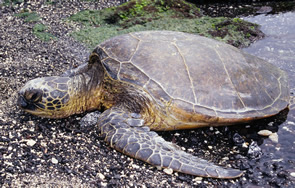
Chelonia mydas
Description: Despite this turtle’s name, the green turtle is actually colored brown; its name is derived from the greenish fat found in its body. The scutes found on its carapace (top of shell) are light brown/olive and do not overlap one another. Hatchling green turtles appear almost black, but begin to lighten in color within their first year of age. Green turtles average 36 to 48 inches (90-122 cm) in carapace length and 250 to 450 lbs. (113-204 kg) in weight.
Feeding/Diet: Green turtles are omnivorous. Young are primarily carnivorous. Adults are mainly herbivorous, but often eat jellyfish.
Activity/Behavior: Green turtles are strong swimmers and are known to migrate long distances.
Habitat/Range: Green turtles are found in the open ocean and estuarine habitats. During summer months they may enter sounds and rivers.
Reproduction: Most Atlantic green turtles nest in the tropics. They also occur in Florida, but very rarely in North Carolina. Females nest at night and lay several clutches of approximately 150 eggs.
Miscellaneous: This species is considered threatened by the U.S. Fish and Wildlife Service, and is protected under U.S. law. The primary reason for its decline is overhunting. Both its flesh and eggs are eaten. For this reason, it has been termed the world’s most economically important reptile.
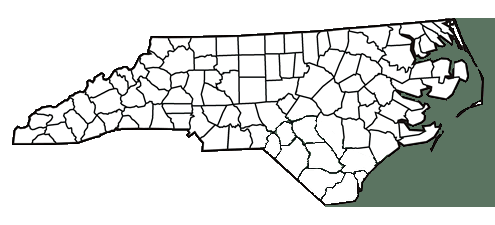
The shaded region represents the range of the green sea turtle in North Carolina.
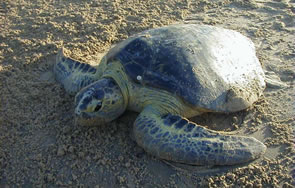
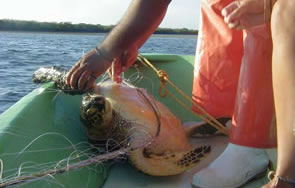
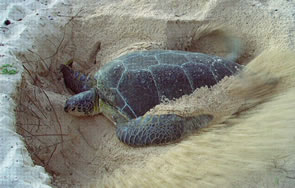
Female green turtle coming up on beach to lay eggs in sand.
Photo by J. Willson
Photo by J. Willson
Photo by M. Godfrey


